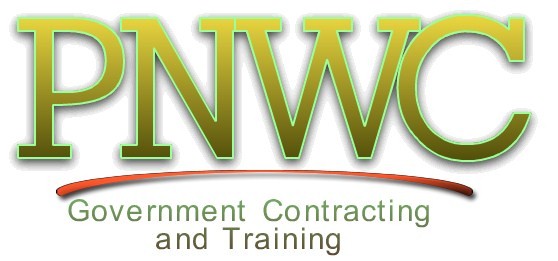Proposed Legislation to Increase Small/Minority/Disadvantaged Subcontracting Goals | PNWC’s Government Contracting Update

On May 4th, companion bills were introduced in the Senate and House that are designed to increase participation of small businesses in Government contracting. Both bills are titled the same – Assuring Contracting Equity (ACE) Act of 2017.

